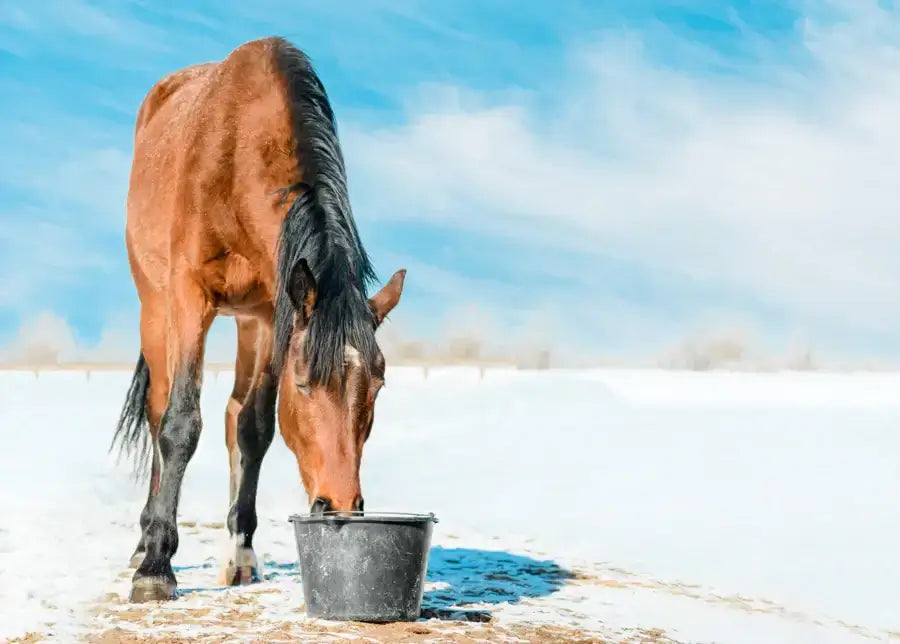The winter can be one of the most challenging seasons for your horse farm, but taking the right preparation steps can make managing your farm easier. As you work your way through your winter horse farm to-do list, be sure that these tasks are included.
Top To-Dos for Winter Horse Farm Management
These to-dos can help you to navigate winter on the farm, and they can also help to prepare your property for spring.
Make Repairs Now
Take a walk through your barn and look for areas that need to be repaired. Pay particular attention to your barn doors and windows. Doors and windows that don’t close fully or that are difficult to open can be challenging during the winter months, especially when you’re opening and closing them more often than usual.
Making repairs now will be much easier than trying to deal with a larger problem in the middle of a snowstorm.
Focus on Your Riding Ring Footing
This is the time to pay attention to your riding ring footing. If you’ll be losing use of your outdoor arena to snow and ice, take some time to drag it so that you aren’t dealing with frozen, rutted footing later on.
Your indoor arena will see greater use during the winter, so it will also need attention. If you haven’t done so yet, establish a dragging schedule to keep the footing spread evenly and to help prevent freezing. You can also add magnesium chloride to the footing, which lowers the temperature at which it will freeze and helps to keep the arena usable.
Evaluate Your Horse’s Condition
It’s easy for horses to lose weight during the winter, and if you feed lots of extra hay, your horses might also gain weight. Take some time to evaluate each horse’s body condition and weight, and then make a point of reassessing their body condition at least weekly throughout the winter. By identifying weight and condition changes early on, you can quickly make any necessary dietary changes to get your horse back on track.
Monitor Water Intake
Cold winter weather can make horses less eager to drink, but taking some preventative measures can help to keep them hydrated. Installing automatic waterers or heater water buckets and troughs will ensure that your horses always have access to fresh water. You can also offer up free choice salt and electrolytes to get your horses feeling thirsty.
As the winter progresses, it’s important to make checking your horse’s water sources part of your daily routine. This can help you to monitor your horse’s water intake and stay ahead of potential issues like dehydration and colic.
Stock Up on Emergency Supplies
When you’re running a horse farm, you don’t want to be caught without the essentials during a winter storm. Stock up on emergency supplies now, including a generator, extra gas, and flashlights with extra batteries. Take a look at your human and equine first-aid kits and replenish any supplies that might be missing. This is also a good time to make sure that the medications you keep on hand, like Bute and Banamine, aren’t expired.
Fix Problem Pasture Areas
On a day when the weather is good, take a walk through your pastures and fix any problematic areas. Repair any loose or leaning gates and make sure that your fencing is all strong and sturdy.
This is also a good time to address any footing issues. You may notice mud and footing issues occurring in low-lying areas and areas of heavy traffic, like the spaces by gates and areas where you feed. Installing Lighthoof panels can help to add stability, so you don’t have to worry about traveling through mud or losing your boots in the pasture this winter.
Investing some time and effort in your horse farm now can make it easier to navigate the winter. Order Lighthoof panels now to start working on your pasture, and consider adding these to-dos to your winter farm management list.





Leave a comment
This site is protected by hCaptcha and the hCaptcha Privacy Policy and Terms of Service apply.